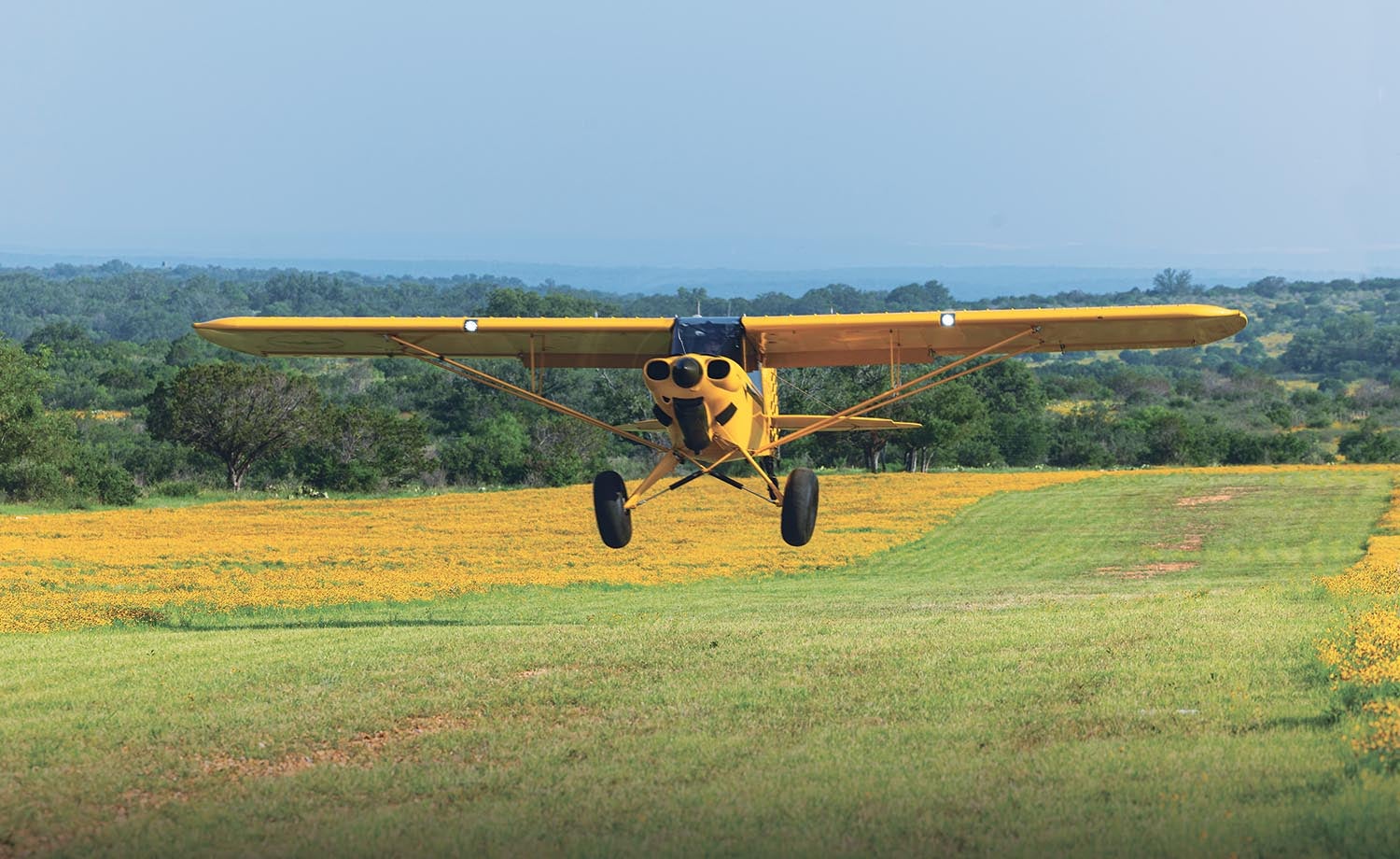 It wasn’t until the last day of training with TacAero when we swapped seats that I realized my instructor (also company director) Ian Waghorn had to put up with my flailing in the front seat of the Carbon Cub FX-2 with the control stick darting around like an over-caffeinated Jack Russell in the small space between his, er, lower extremities and my seat back. Add to that the view from back there, which is to say not much of one. His calm demeanor and sense of humor never let on what he must have been witnessing. I feel like I should have slipped a $20 into his shirt pocket after every flight—a sympathy tip.
It wasn’t until the last day of training with TacAero when we swapped seats that I realized my instructor (also company director) Ian Waghorn had to put up with my flailing in the front seat of the Carbon Cub FX-2 with the control stick darting around like an over-caffeinated Jack Russell in the small space between his, er, lower extremities and my seat back. Add to that the view from back there, which is to say not much of one. His calm demeanor and sense of humor never let on what he must have been witnessing. I feel like I should have slipped a $20 into his shirt pocket after every flight—a sympathy tip.
But I digress. I’d found myself in Fredericksburg, Texas, at the prompting of CubCrafters’ Brad Damm, who had flown with me enough to realize that my long-ago taildragger training was still in there, merely thickly covered in rust. With arrangements made to visit TacAero’s headquarters, I would soon see if a week at the stick would be enough to sand down to the bare metal of my competency. (TacAero has outposts in Mankato, Minnesota; Maiden, North Carolina; and Dallesport, Washington, which serves the Hood River, Oregon, area. But Fredericksburg is home base.)
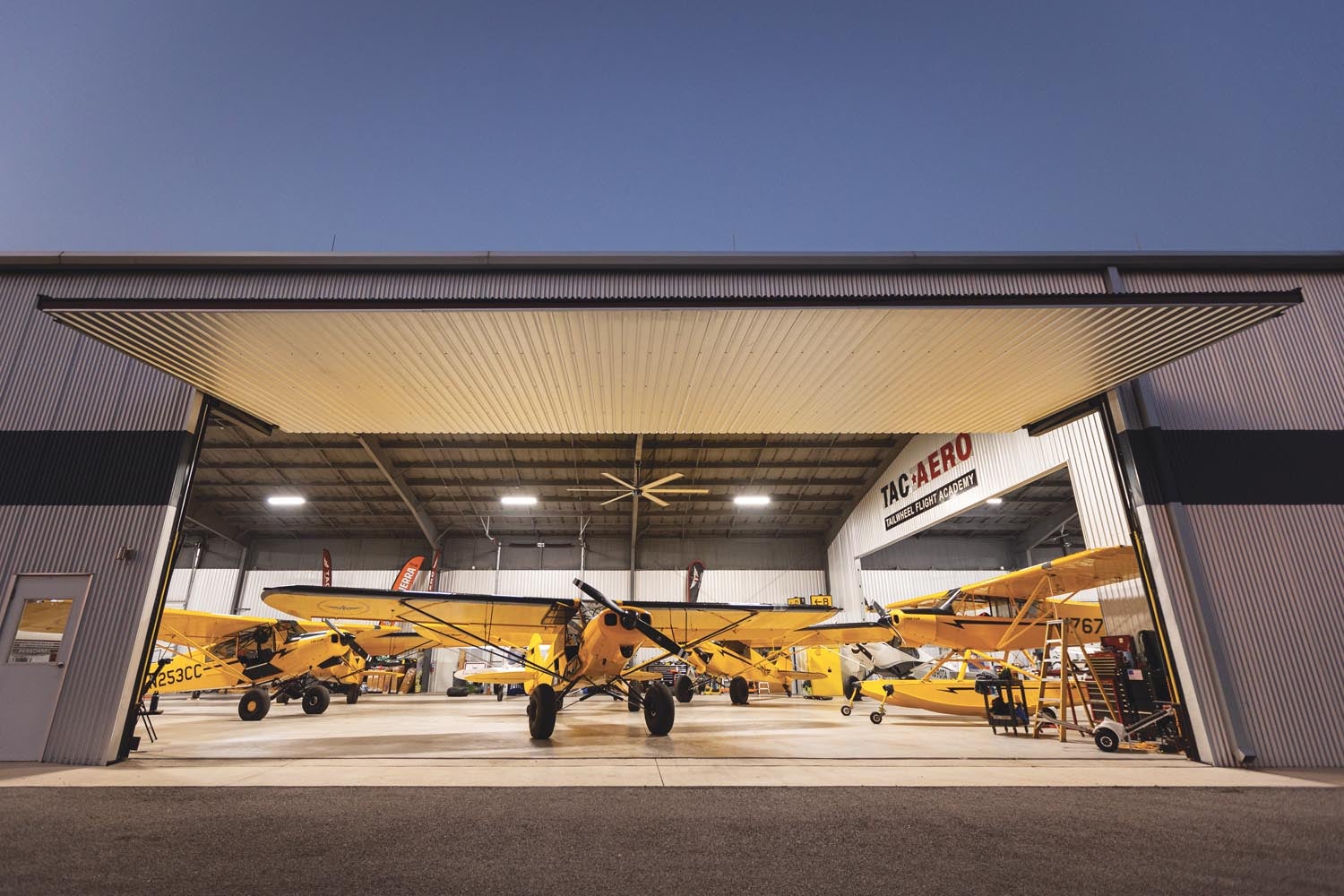
TacAero is a primary source for transition training to the CubCrafters models—all of them except for the not-yet-delivered UL—and can provide training in the Top Cub (CubCrafters’ version of the venerable Piper Super Cub) and a real-deal Super Cub. They have their own examples of all the major models, including the midsize FX-2 and FX-3 models (differentiated by the -2 having a fixed-pitch prop and the -3 wearing a constant-speed unit) and the bigger, more powerful XCub.
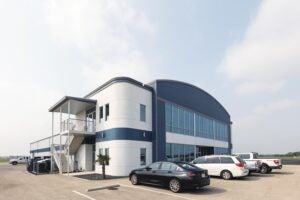
My first impressions were that TacAero is a relentlessly well-organized and run business. The facility at the Gillespie County Airport (T82) is spotless, the airplanes are all in excellent condition—despite flying just about daily on a range of missions—and the staff has the exact right mix of fun-loving joy-of-flying excitement and total seriousness when that is necessary. This is not a boot camp. There’s no sense they want to break you down to build you up. Indeed, it’s more a matter of talking to you and flying with you to see where you are. TacAero can also do everything from primary training (with some limitations on equipment because a few are Experimentals) to transition training and backwoods instruction to guided tours. The course I attended costs $7500 for the instructor and facilities, plus between $225 and $325 an hour (wet) for the airplane, depending on which model you’re using.
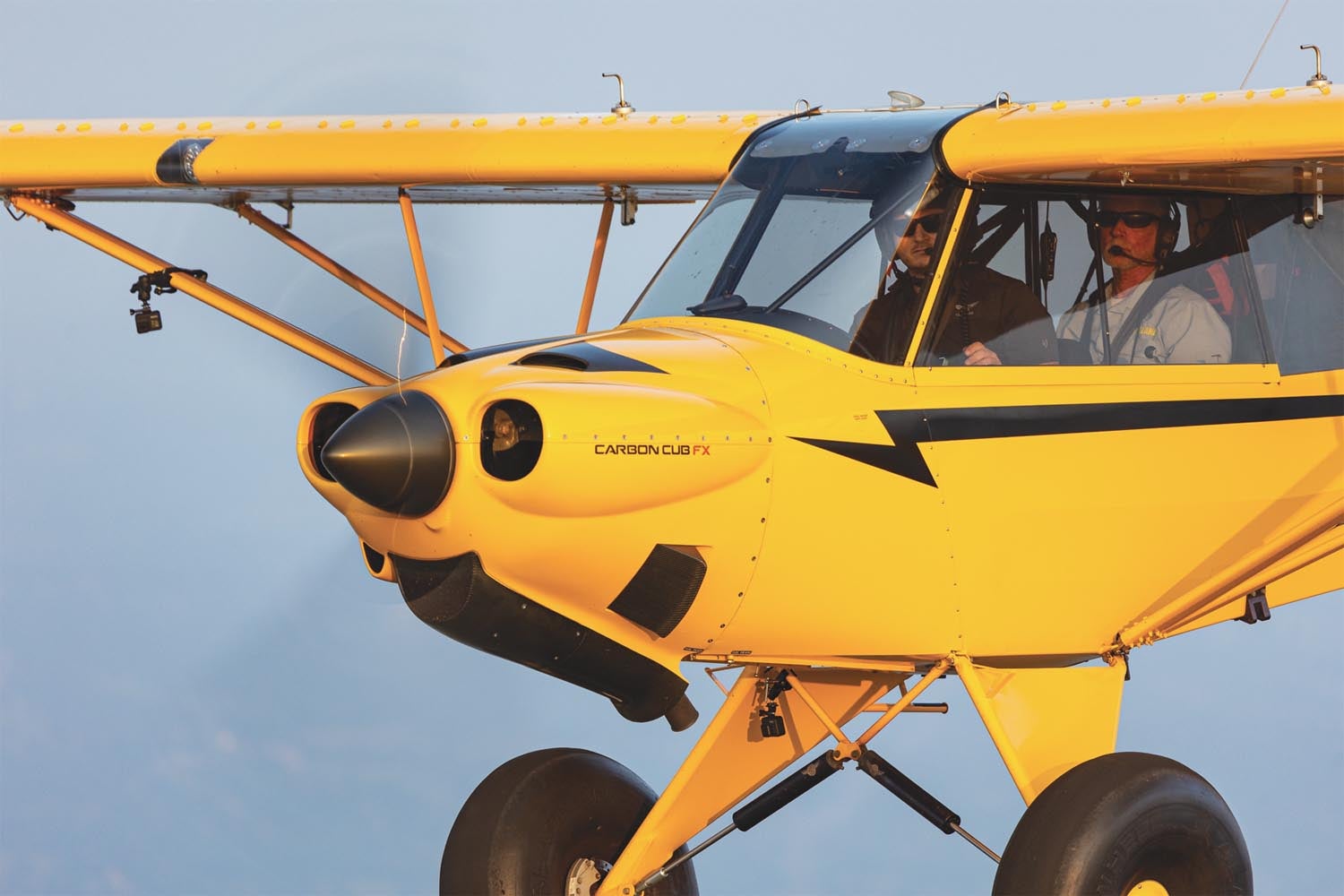
Let the Flailing Begin
I attended TacAero’s Comprehensive CubCrafters Transition Course. According to the company, “This comprehensive program spans five weekdays and encompasses tailwheel proficiency, model-specific systems and operations training, as well as immersive experiences in backcountry and off-airport flying. Tailored to individual skill levels, the course typically includes around 15 hours of flight time and 8 hours of classroom instruction, with additional time dedicated to pre- and post-flight briefings.”
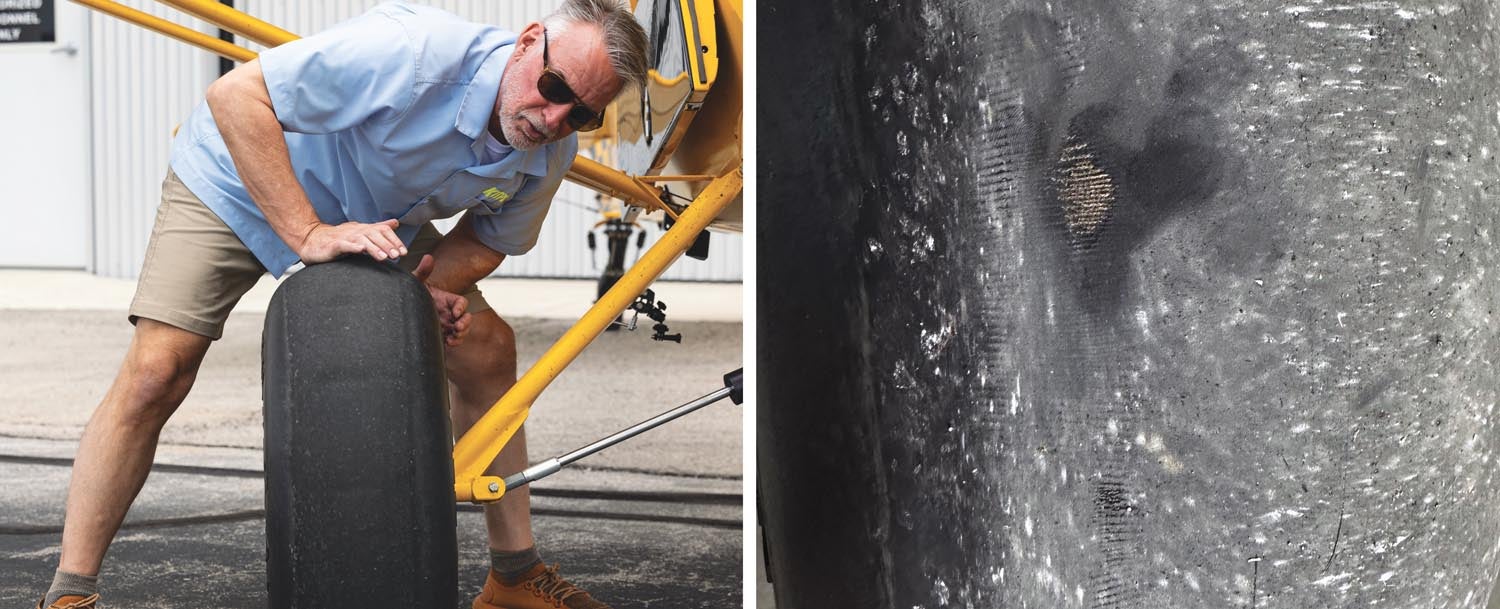
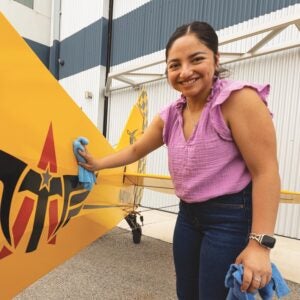
As expected, Day 1 began with classroom instruction on the nature of tailwheel aircraft, some really useful demonstrations of gyroscopic precession—unearthing something I’d long forgotten, that a quick pitch change can also make the airplane juke to the left—and reviews of various best practices. If you have much tailwheel time, most of these topics will be familiar, but even then Waghorn went through them in detail, unearthing a few nuances that had escaped my retention. Oh, it’s worth mentioning that TacAero’s classes are strictly one-on-one with an assigned instructor. (As it turns out, my instructor became ill just before I arrived—guess someone tipped him off—so company director Waghorn got the short straw.) You also are assigned one airplane for the course, so there’s no sharing. The butt sweat in the Oregon Aero seat is your own.
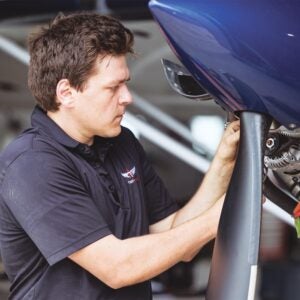
After lunch, Ian and I hopped in N401WY, the 2015 FX-2 in the training fleet. Naturally, having just transitioned to all glass at home, the Carbon Cub bore analog instrumentation beyond the Garmin GPS and Electronics International engine monitor. Oh well, I wouldn’t be looking inside very much. It’s typical of that vintage CarbonCub, with the Titan X340 of 180 hp up front driving an 80-inch Catto fixed-pitch prop so fine it could be a baloney slicer. (OK, that’s a slight exaggeration.) It also had upgraded Acme Aero pneumatic gear and Alaskan Bushwheels 29-inch tires. But otherwise it was largely in standard spec, with a simple bare-metal control stick with rocker-switch trim on top, electronic ignition and, thankfully, the newer G-series ailerons, which help reduce roll effort and improve feedback.
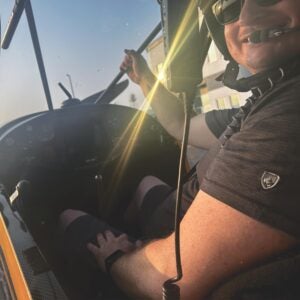
My first takeoff in Whiskey Yankee was from pavement and went fine. The first ones usually do since I’m very much on guard and paying full attention. We flew around locally practicing some basic airwork, including slow flight, stalls and Dutch rolls. You aren’t in a Cub long before you remember it’s very much a rudder-first airplane, with plenty of adverse yaw as well as significant pitch changes with flap deployment. Carbon Cubs, even the lightest ones, are very trim stable—so you’ll be running trim quite a lot. Until, that is, you start understanding some of the transient cases, where it just makes sense to leave it out of trim briefly because the next thing you do—changing power, lowering more flaps, whatever—will bring it back into trim.
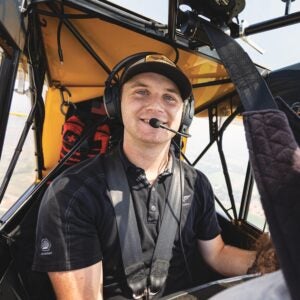
That first afternoon, after the airwork, we practiced takeoffs and landings from the grass adjacent to the single paved runway at Gillespie. (Don’t try this yourself, as TacAero has specific permission to use this narrow strip of green.) By the end of the day and six patterns and, oh, maybe eight landings, I was beginning to task-saturate a bit. While my familiarity with and comfort in the Carbon Cub was increasing, fatigue was starting to set in, resulting in a bell curve in the quality of my aircraft handling—not terrible at first, better in the middle, room for improvement near the end.
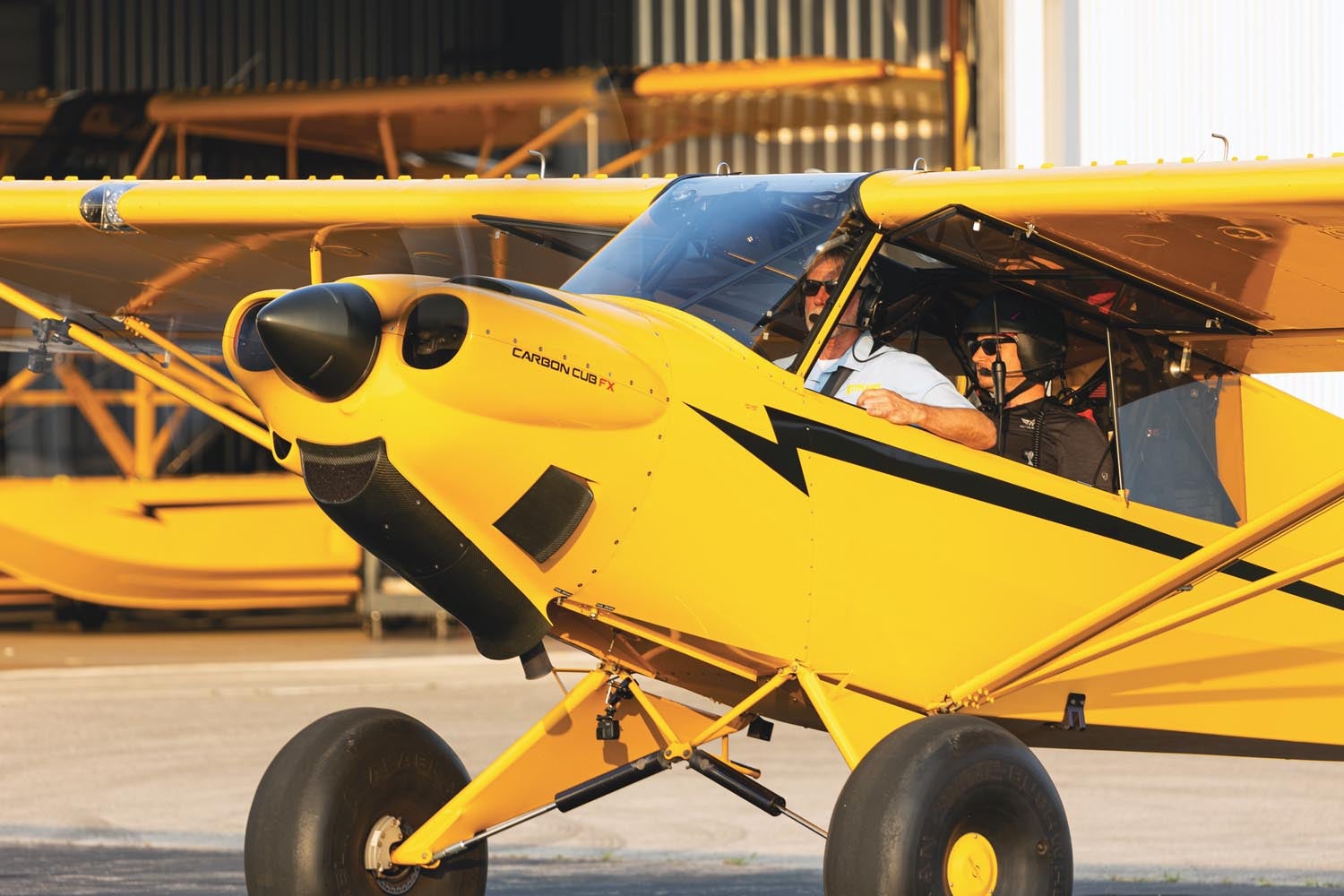
And on the Second Day
We started the second day much like the first, though the in-classroom lessons were shorter and we got to the airplane midmorning. We launched by 9:30 a.m. and spent the next 90 minutes practicing takeoffs and landings at the nearby Llano, Texas, airport, whose very wide, long, smooth grass strip gave me huge confidence. And while the core imperative was to get better with the takeoffs and landings, Waghorn continued to add elements to the lessons, including prompts for better airspeed control and frequent reminders that I was reverting to learned form by flying approaches that would be fine for most airplanes but would be far too shallow for any kind of backcountry flying.
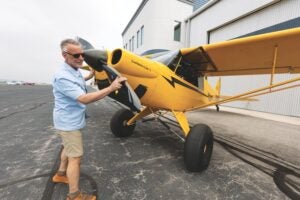
It’s here I should mention that a key ingredient of the TacAero experience is that you’re being trained to think like a backcountry pilot. While handling the airplane is an important part, it’s not the whole enchilada. As we flew, we discussed ways to read the terrain for wind, understanding how wind over the surface acts as it spills over and around terrain, hints and tips around power lines and the beginnings of serious emergency training. In my view, the way TacAero begins to slide these topics into your brain is genuinely inspired. Just at the moment I became comfortable with some aspect of the training, Ian would introduce something more, hold me to slightly tighter parameters, offer some very slightly more challenging flight profile. We never went from two to 10 in the difficulty scale, but I could sense it gradually ramping up to match my emerging competence in the airplane.
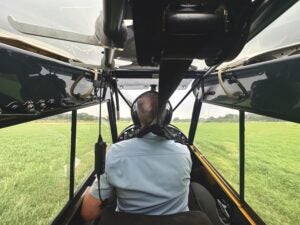
Two elements stand out from this training day. (Three if you count the absolute world-class BBQ in the town of Llano.) First is a quirk of the Cub-style aircraft with flaps and plenty of power. When you’re on approach, flying well onto the back side of the power curve, you may find the need for a quick go-around. Succeeding here requires you know that the airplane will pitch up strenuously with full power and that you’ll find yourself with a windshield full of cowling and sky. Despite full forward stick, the nose won’t come down—and it won’t until you get rid of that last notch of flaps. The quirk? Air loads make it nearly impossible to get the handle out of the detent. Solution: Strong-arm the hell out of it (as I did once or twice) or reduce power (you have plenty) then raise the flaps one or two notches, then reapply full power. Sounds counterintuitive but it works.
Second on the list is how quickly the Carbon Cub (or any Cub, really) loses energy after a power loss just after liftoff. Waghorn briefed me for the first couple and the quick pitch-down seemed reasonable, but there isn’t time to waste. I had started to get a sense of his style, so when we completed our laps around Llano and he called for a normal takeoff to head back to Gillespie, my immediate thought was, “This is where he kills the engine again, maybe even lower.” Sure enough, we weren’t but a few feet off when he cut power. After a rapid pitch down, I had no time to think before immediately pulling back into the landing attitude. The stick never stopped moving and, ironically, it was one of my better landings.
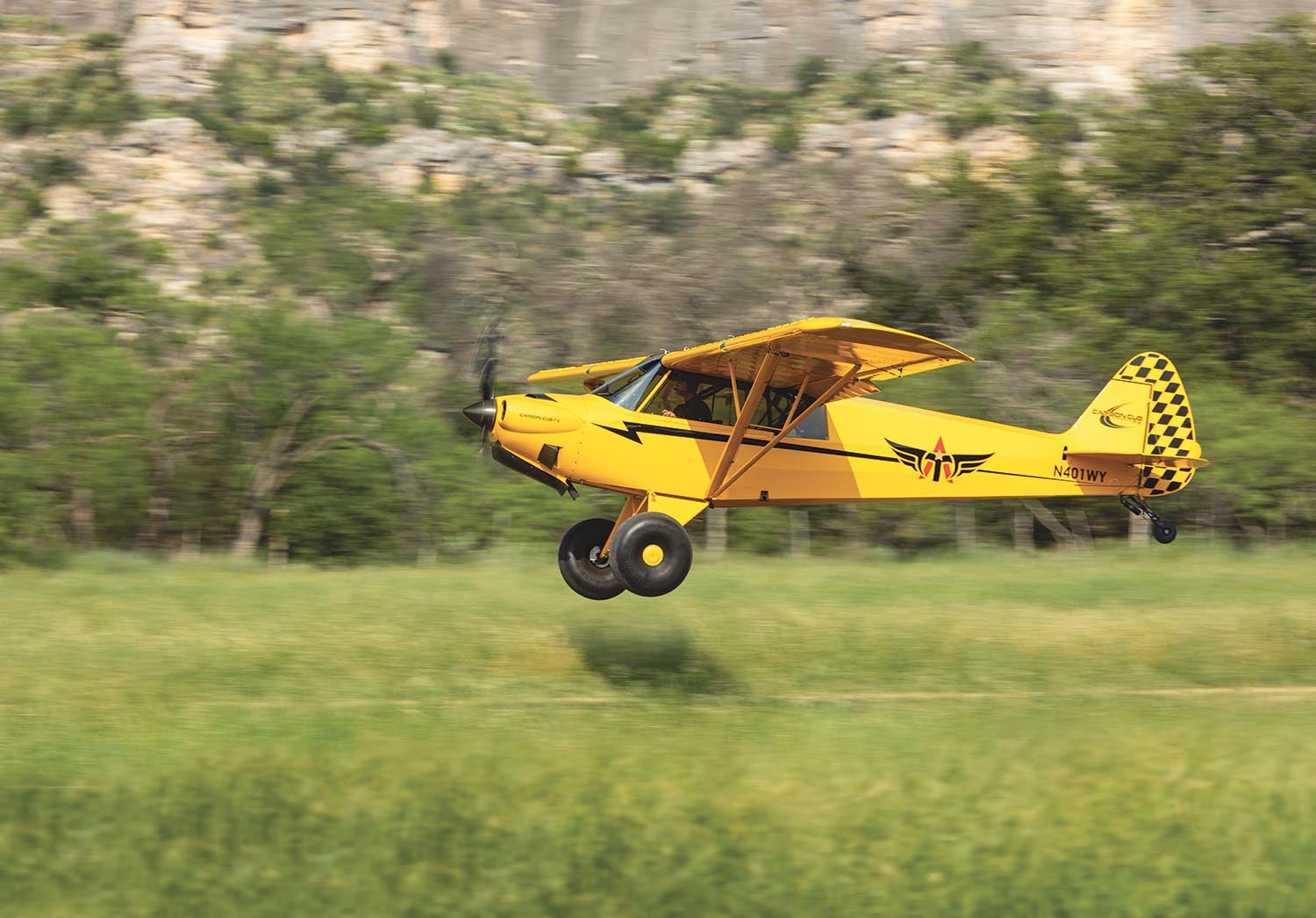
Now the Good Stuff
By the third day, our routine had settled down, but this time Waghorn’s goal was to get me out of my comfort zone. I’d been able to pick out landmarks at Gillespie and Llano to help me with the tight pattern and steep approach TacAero teaches. Now we’d visit a number of local fields that each promised a new adventure and teaching opportunity. Wide and smooth? Check. Narrow and a bit rough? Check. Lovely strip with a tree just a few feet from the center of the approach end? You bet. It was also the longest day yet, flying 3.8 hours compared to the 3.5 the day before. Those 18 takeoffs and landings gave me a chance to practice dragging the field, reading local terrain, looking for flags and other wind indicators and generally being left alone to make small mistakes so that Waghorn could see where my judgment was lacking.
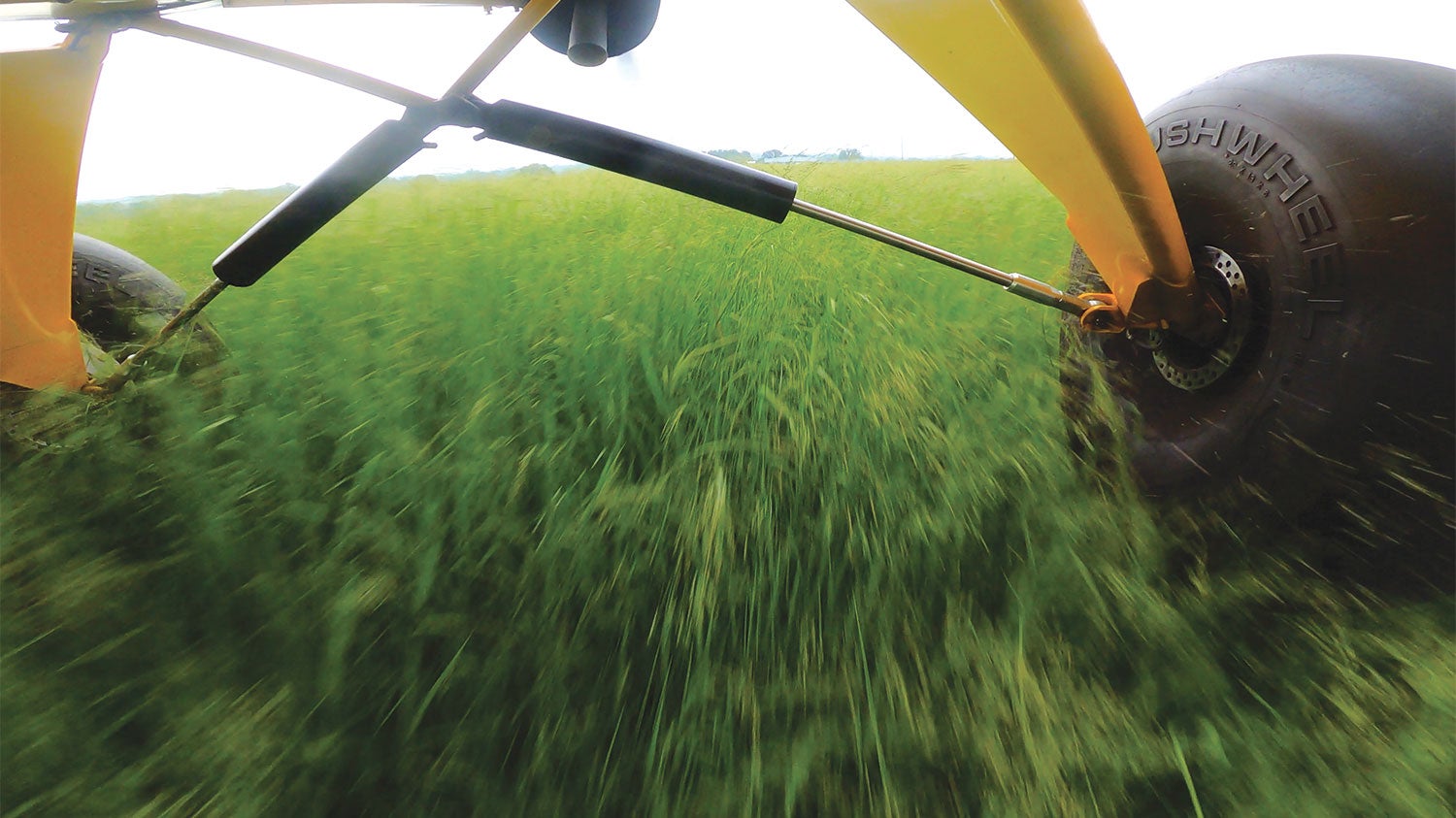
This was the watershed day. I felt the previous lessons start to gel and handling the FX-2 was becoming second nature. I was beginning to break the habit of shallow approaches and I began to feel ever more comfortable flying at 45 mph IAS and letting the Carbon Cub turn into a big yellow elevator heading for the parking garage. At first, I was too cautious about adding power before the roundout but I was able to chip away at that hesitance by the end of the day. I had started to anticipate pitch changes with flaps and had started to simplify flying the airplane.
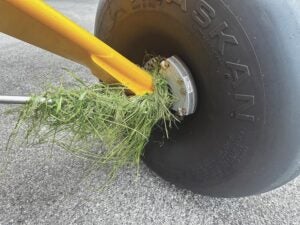
Every strip we visited was a new adventure, even as we landed downwind, on a side slope and onto the face of a fairly steep uphill runway. And while the Hill Country of Texas doesn’t have the same intensity of challenges you’ll see in the far west, it’s a great training ground to practice the fundamentals without confronting ominous terrain or high-four-digits of density altitude.
On the last day of training—and, yes, that only counts up to four days because TacAero builds in a buffer for weather and in case the student needs extra flying time—we focused almost exclusively on emergency procedures, practicing dead-stick landings from various points in the pattern. I noticed Waghorn saying less and less, and I took that as a good sign. These last flights, flown totally power off to touchdown, were actually more familiar since I was aiming for best-glide speed (49 to 68 mph, flaps dependent) and the approach angle was more like my GlaStar’s. As we taxied back for the last time, I felt both elation and a bit of sadness—like the last day of summer camp, when you really need some clean clothes but you know you’ll miss your new friends.
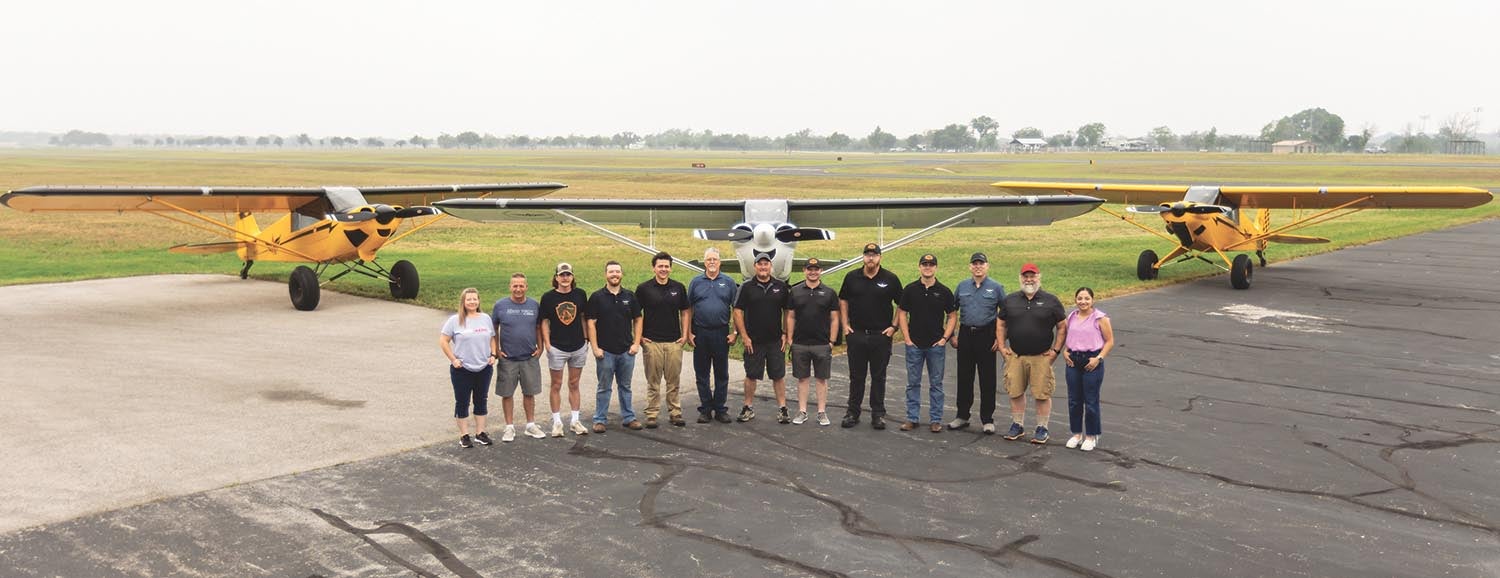
So, Should You?
There’s nothing like solid training to help weed out bad habits and open your eyes to new possibilities. While I’ve always respected Cub-style airplanes (and the Carbon Cubs in particular), I confess that I’d always felt like an outsider, a decent enough pilot who had not been shared the secret handshake. And the truth is it’s not hard to learn once you’re shown how. Doing it with a pro crew like TacAero’s makes “getting” the Cub a whole new adventure. True, this is not an inexpensive course, but the character of the people, quality of the airplanes and the well-honed syllabus manage to make it a great value. And an unforgettable week.
For more info, contact TacAero at www.tacaero.com or 844-FLY-CUBS.
Photos: Manny Pandya, Ian Waghorn and Marc Cook.













